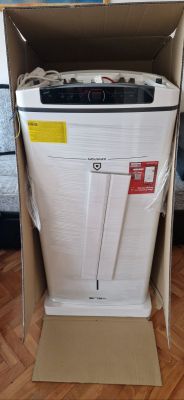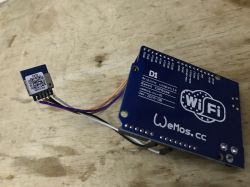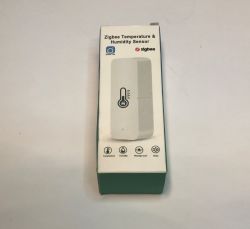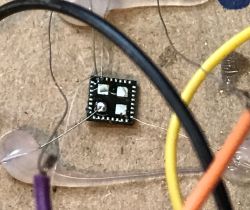Hello
I am asking for help in solving a problem concerning the SONOFF S26 socket control. I have a heat pump in the house which runs the central heating circulation pump with 230 volts via the controller. There are four fan coil units with very poor automation in the rooms, where the blower runs all the time regardless of the temperature of the circulating fluid. I wanted to automate this system on the basis that when the central heating pump is not working it remotely switches off the power on the SONOFF S26 sockets connected to the fan coils. The sellers on Allegro recommended me a SONOFF BASIC switch and to create a scene in the EWLINK application. I bought this switch and connected the wires from the heat pump to the input and the wires to the CO pump to the output. I made a scene in the application SONOFF BASIC ON- sockets S26 ON and SONOFF BASIC OFF- sockets S26 OFF. The circuit works but only when SONOFF BASIC is switched off in the application or with a button on the housing. When there is a voltage loss at the SONOFF BASIC input, the device goes into offline mode and does not switch the sockets off and does not start them up when this voltage appears. Has anyone perhaps encountered this problem, if so how did they solve it? Alternatively can the problem be solved by some other software e.g. Tasmota ?
I am asking for help in solving a problem concerning the SONOFF S26 socket control. I have a heat pump in the house which runs the central heating circulation pump with 230 volts via the controller. There are four fan coil units with very poor automation in the rooms, where the blower runs all the time regardless of the temperature of the circulating fluid. I wanted to automate this system on the basis that when the central heating pump is not working it remotely switches off the power on the SONOFF S26 sockets connected to the fan coils. The sellers on Allegro recommended me a SONOFF BASIC switch and to create a scene in the EWLINK application. I bought this switch and connected the wires from the heat pump to the input and the wires to the CO pump to the output. I made a scene in the application SONOFF BASIC ON- sockets S26 ON and SONOFF BASIC OFF- sockets S26 OFF. The circuit works but only when SONOFF BASIC is switched off in the application or with a button on the housing. When there is a voltage loss at the SONOFF BASIC input, the device goes into offline mode and does not switch the sockets off and does not start them up when this voltage appears. Has anyone perhaps encountered this problem, if so how did they solve it? Alternatively can the problem be solved by some other software e.g. Tasmota ?








